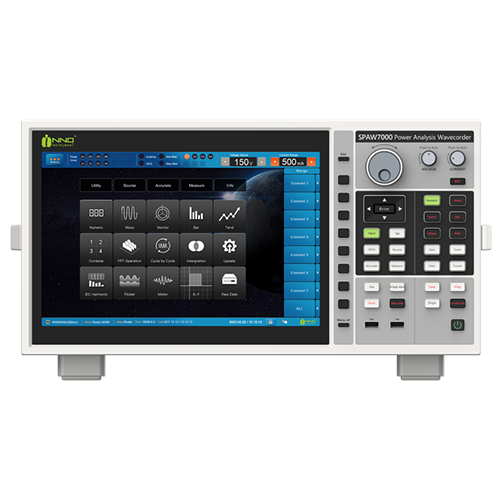The LVRT function, in simple terms, refers to the ability of a small-scale power generation system to withstand a certain predefined limit of grid low voltage for a specified period without shutting down.
For variable-speed constant-frequency doubly-fed wind turbines, in the event of a drop in grid voltage, the associated power electronic converters, which belong to the AC/DC/AC type, can generate peak currents on their rotor side, potentially damaging the converter equipment and causing the wind turbine generator to disconnect from the grid.
In the past, when wind turbine capacities were relatively small, the protection of the rotor-side excitation device led to disconnection from the grid. However, with the increasing capacity of wind turbines, disconnection from the grid could affect the overall stability of the power grid and even lead to cascading failures. Consequently, foreign experts proposed the issue of low voltage ride through for wind power generation.
Main Advantages
The wind turbines in the wind farm are capable of operating continuously for 625ms without disconnecting when the grid voltage drops to 20% of the rated voltage at the point of grid connection.
In case of a grid voltage drop, if the voltage at the point of grid connection recovers to 90% of the rated voltage within 2 seconds, the wind turbines in the wind farm ensure continuous operation without disconnection.
SPAW7000 provides 7 power measurement units, allowing the measurement and analysis of voltage, current, efficiency, and harmonics at various nodes.
With the fastest update rate of 10ms, it maintains high precision during high-speed calculations, ensuring measurement stability through independent digital filtering technology. When the automatic update rate mode is on, frequency signal varying from 0.1Hz can be tracked, and data update rate is updated automatically according to the frequency of the input signal, so more accurate frequency variance can be measured.





